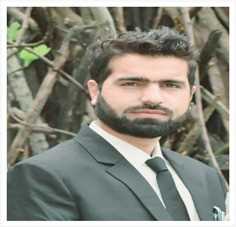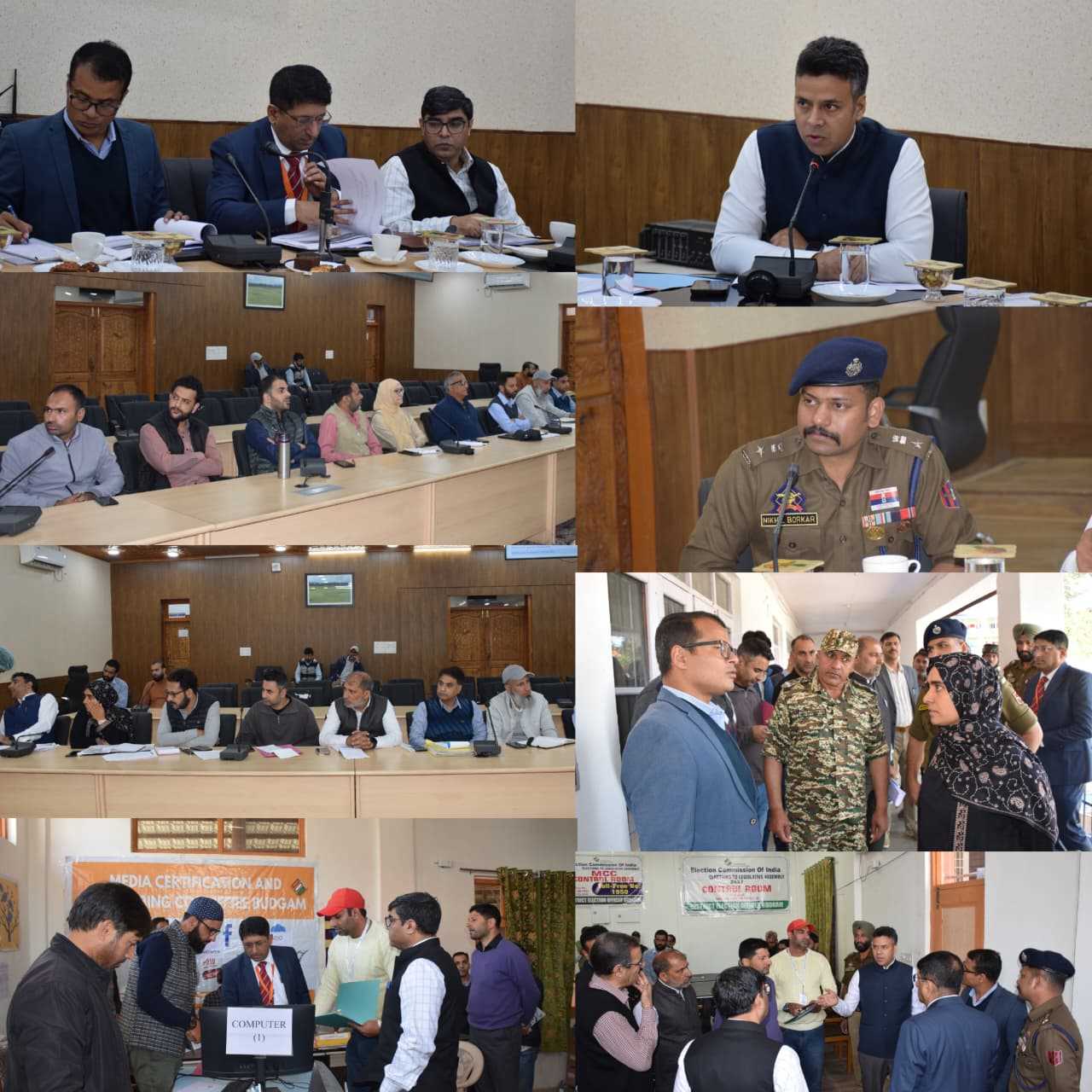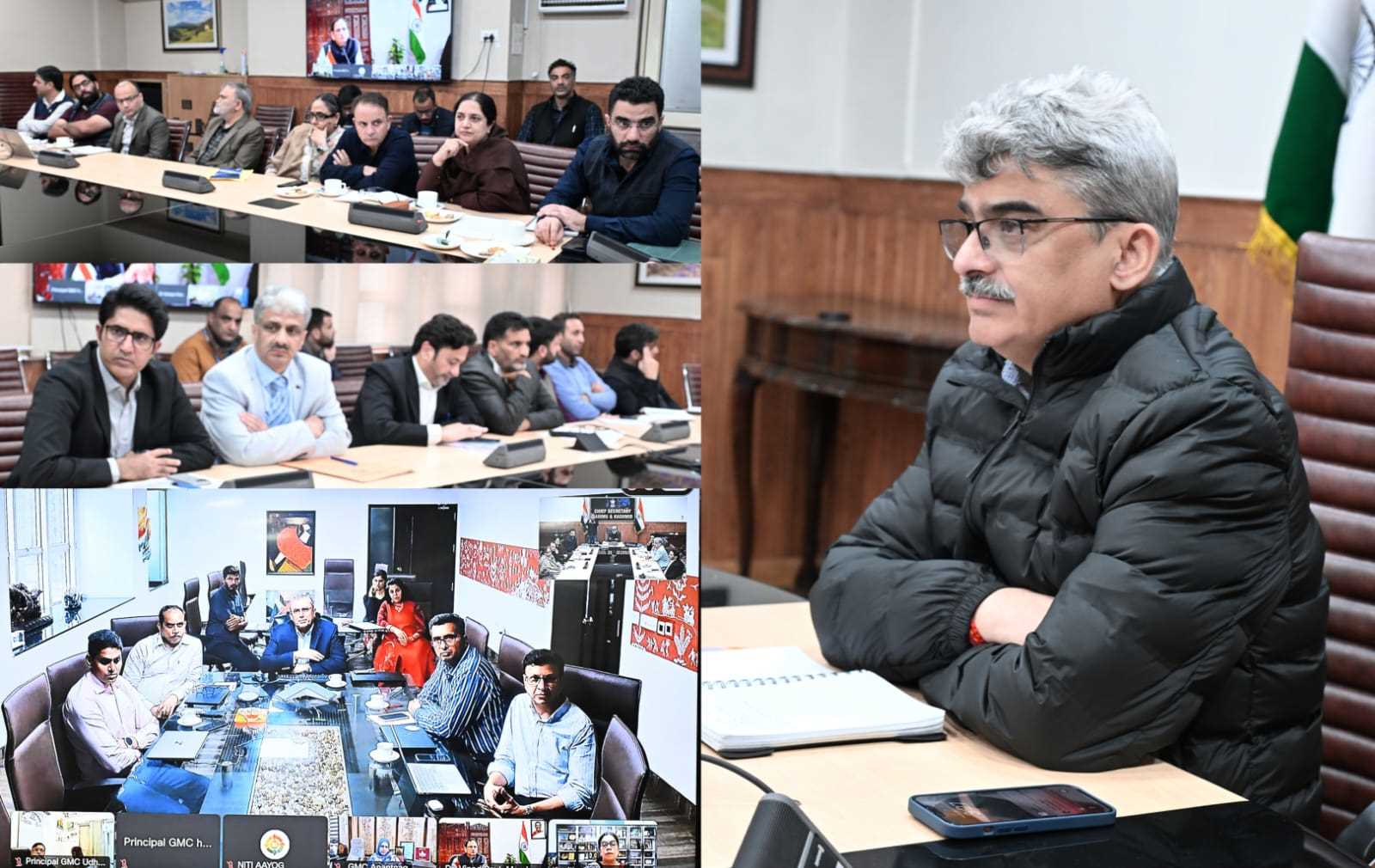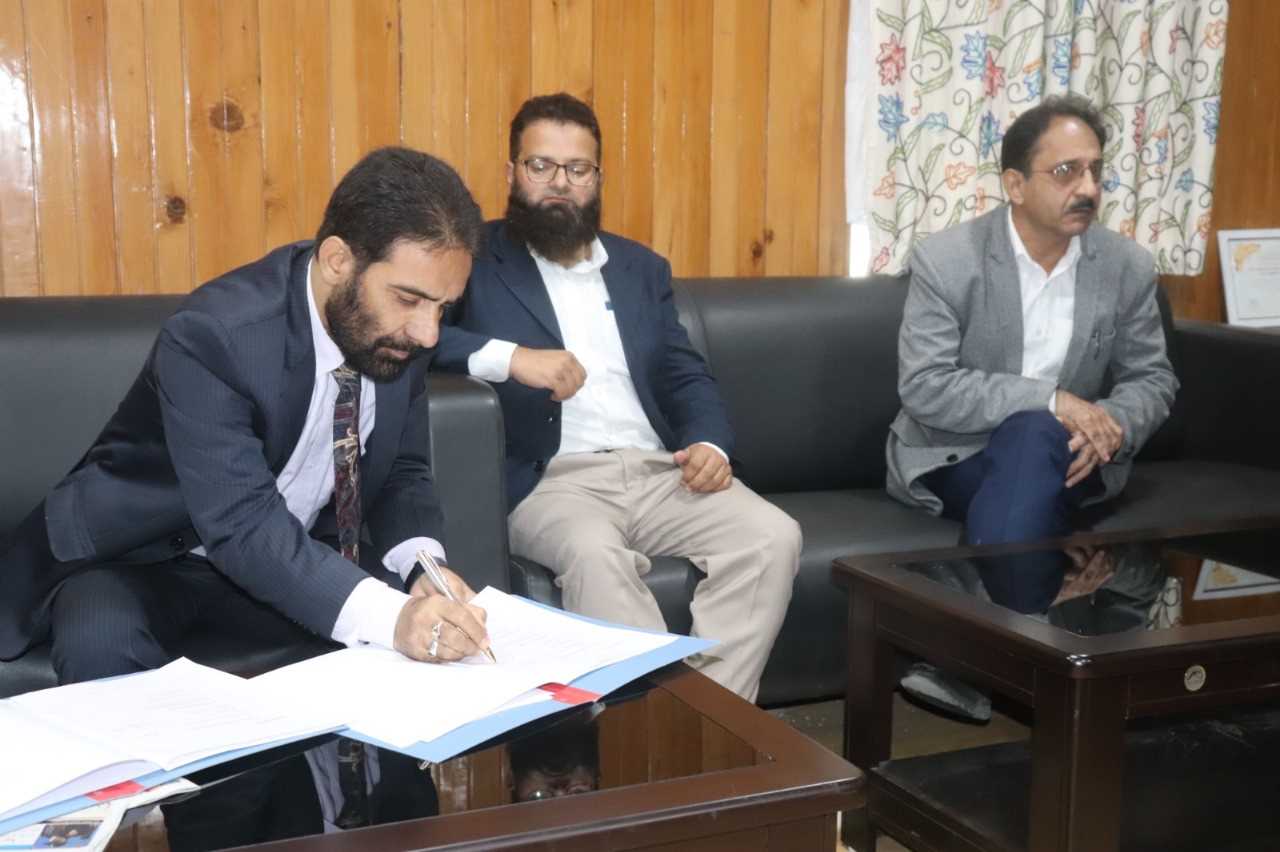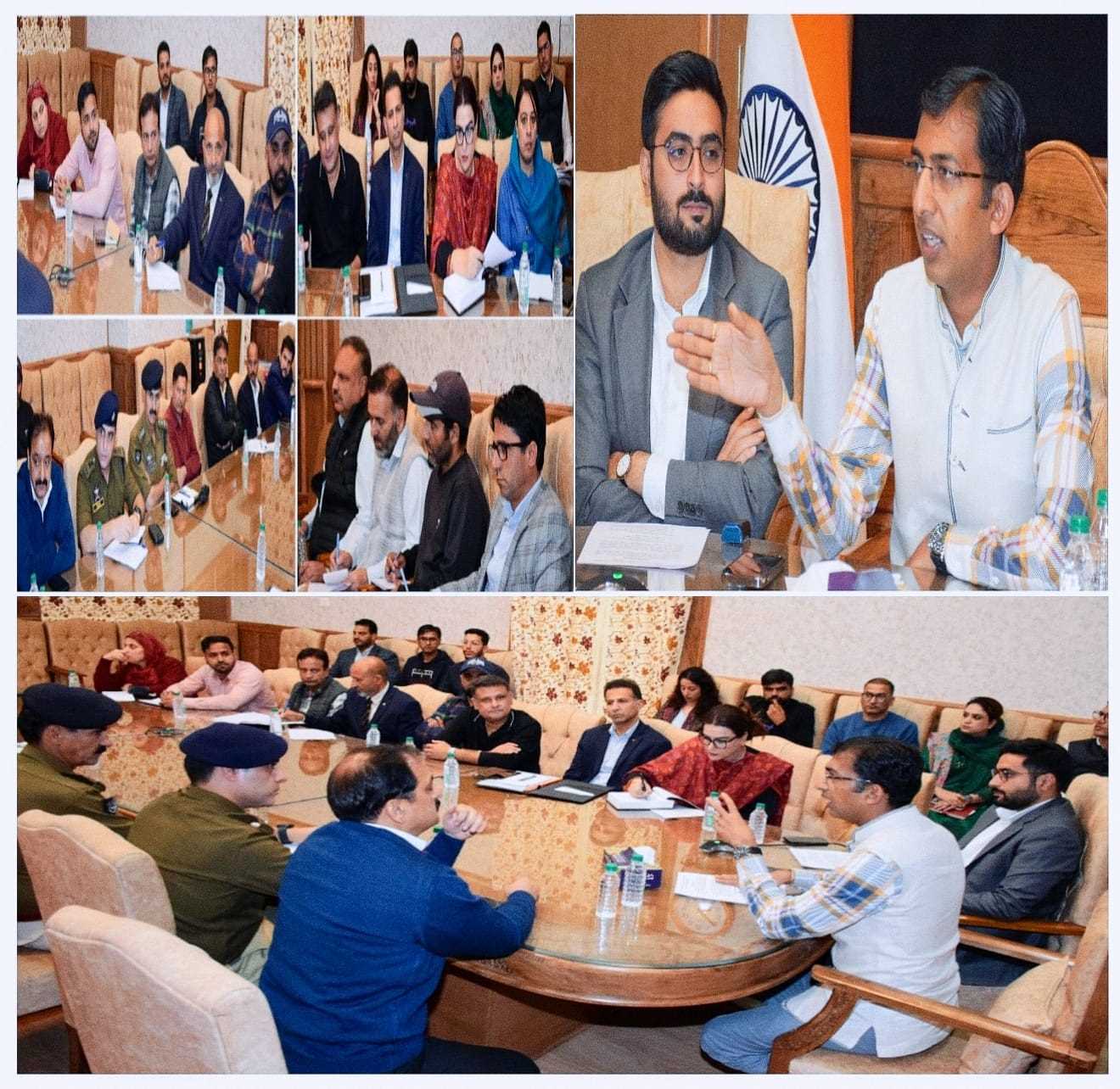The Nobel Prize is more than a medal it is a mirror reflecting where the world’s deepest innovations and humanistic ideas emerge. Every October, when new laureates are announced, a quiet disappointment ripples through Asia a continent brimming with talent yet rarely seeing its intellectual sons and daughters among the Nobel ranks. The question is not whether Asians are capable of brilliance history has already proved that. The question is why does that brilliance seldom translate into Nobel recognition?
The answer lies not in individual shortcomings but in a collective failure of systems our educational ecosystems, research culture, and societal values that still orbit imitation rather than imagination. From the bustling streets of Delhi to the laboratories of Beijing, intellect abounds. Asian students dominate global standardized tests, engineering and medical exams, and fill research programs abroad. Yet, this apparent success masks a deep flaw the absence of an environment that transforms intelligence into innovation.
In many Asian countries, we prefer decorated marksheets over true understanding. Passing exams is celebrated more than concepts learned. Students are often given only two options: to become doctors or engineers. This narrow path stifles curiosity and limits exposure, leaving many young minds unprepared to think like trailblazing scientists. Instead of fostering creativity, our schools create laymen who excel in rote memorization but struggle with imagination. We watch the United States and other countries for technological breakthroughs, yet we rarely nurture our own children to become world-class innovators.
Our universities, though populated with bright minds, often fail to encourage curiosity beyond the textbook. The student who asks “Why?” instead of “What?” is frequently seen as disruptive. Research, rather than being a quest for truth, becomes a bureaucratic ladder something to publish, not to pursue. Papers are written for promotions, not passion. While Western institutions nurture the creative disorder of thinking where a failed experiment is as valuable as a successful one many Asian schools still worship neatness, hierarchy, and conformity. We celebrate here IAS like exams and make people crazy about these exams. Rather we should celebrate and prefer the people who will come with new ideas and Research Paper. Much of Asia’s research landscape suffers from intellectual recycling. Instead of creating new knowledge, many projects merely repackage what the West has already done. Funding committees favor “safe” topics with predictable results over bold, untested ideas. Quantity is rewarded over quality. In such an ecosystem, how can true breakthroughs occur? Nobel-worthy ideas do not emerge from comfort zones. They thrive in freedom, risk, and curiosity — conditions that are often absent here. A Nobel Prize is not won in isolation; it grows in a nurturing ecosystem that values independent thought. Western nations like the United States, Sweden, or the United Kingdom have meticulously built such ecosystems over decades research funding flows consistently, institutions remain autonomous, and merit trumps seniority. In many Asian countries, however, politics and personal networks often outweigh competence. University leadership is frequently chosen through influence rather than intellect. Research grants are distributed through connections rather than merit. How can innovation survive in such airless rooms? The collaboration between academia and industry, crucial for applied research, also remains weak in Asia. The West thrives on this link, turning academic discoveries into real-world inventions. When ideas leave the lab and touch lives, the world takes notice and Nobel histories are written. The seeds of stagnation are sown much earlier in classrooms where obedience is rewarded over inquiry. Students are taught to remember, not to rethink. A child who asks too many questions is silenced, while one who memorizes well is praised, like in 3-idiots Movie This culture produces excellent employees but poor inventors. By the time students enter research, the ability to ask foundational questions the lifeblood of discovery is already blunted. Until schools teach the art of wondering, the Nobel stage will remain a distant dream. Cultural factors compound the challenge. In much of Asia, respect for authority often trumps independent reasoning. Wisdom is seen as flowing from age, not inquiry. In science, this can be fatal. Nobel Prizes honor those who defy established wisdom and think against the grain. Yet in many societies, defiance is mistaken for disrespect. Innovation thrives in spaces where questioning a teacher or superior is reflection, not rebellion. Until this cultural reset occurs, Asia’s potential remains under glass. Of course, there have been Asian laureates Rabindranath Tagore in Literature, C. V. Raman in Physics, Abdus Salam in Science, Amartya Sen in Economics. But what is striking is how exceptional they were not only in intellect but also in circumstance. Each, in some way, stepped outside native systems to access environments that valued originality. Recently, a Palestinian refugee, Omer M Yaghi, won the Nobel Prize in Chemistry because he studied at the best universities in the United States a system that nurtures excellence. Their triumphs prove the Asian mind is fully capable when freed from constraints. The path forward is not impossible. It demands courage from policymakers, educators, and thinkers alike. We must rebuild the research ecosystem on three pillars: freedom, funding, and faith. Freedom to explore unconventional ideas without fear of failure or authority. Funding that prioritizes creativity over conformity, providing resources to pursue intellectual risks. Faith in our own people that innovation can flourish not only in Silicon Valley but also in Srinagar. We must establish universities and research hubs that rival the West, where Nobel aspirations are nurtured, not silenced. Beyond policy, a deeper cultural transformation is essential one that celebrates the thinker more than the topper, the question more than the answer. The distance between Asia and the Nobel podium is not a measure of inferiority but of inertia. The day we stop imitating and start innovating, that distance will shrink. The day our classrooms encourage “why” as much as “what,” we will no longer be surprised by Asian names on the Nobel roll.
For now, the Nobel Prize remains a distant dream for many Asian minds. But dreams, when held long enough and pursued with conviction, have a way of turning into revolutions. The question is not whether Asia can it is whether Asia will. And perhaps, someday, a student sitting in a modest classroom in Kashmir, Delhi, or Islambad will not just study Nobel laureates but become one.
Email:-----------------------------umairulumar77@gmail.com
